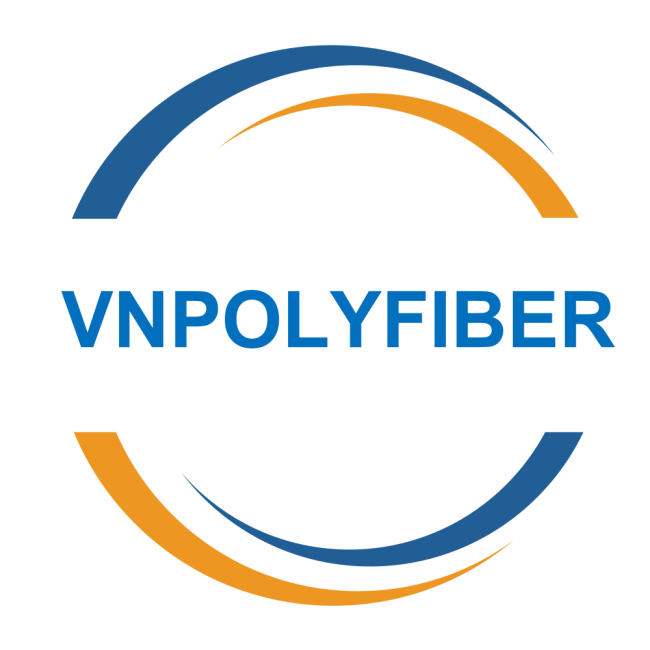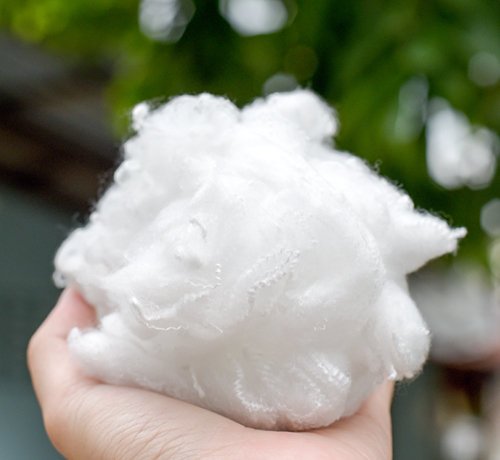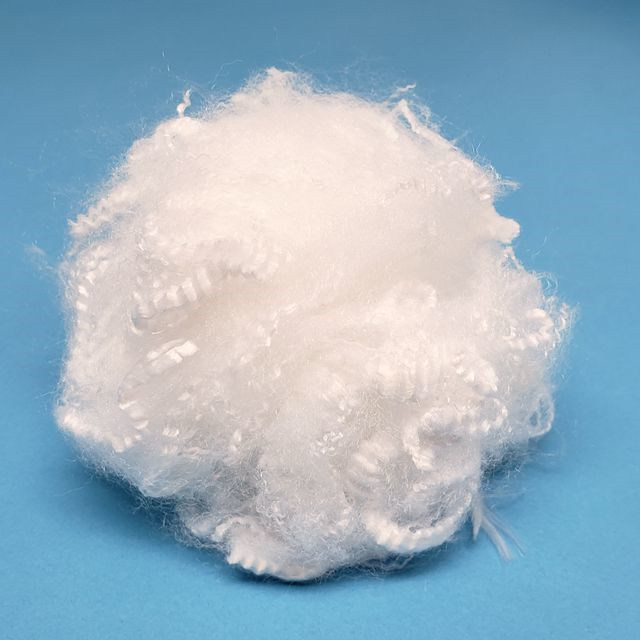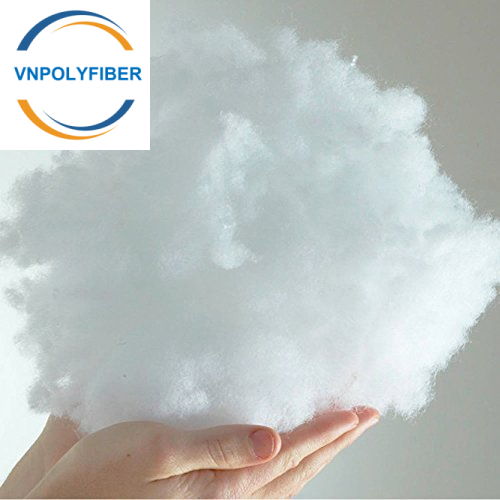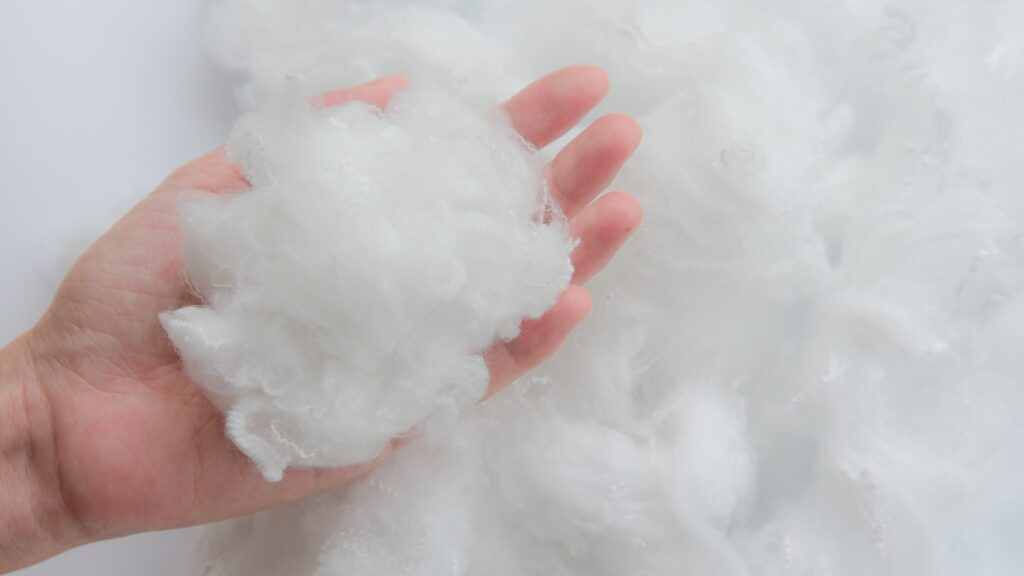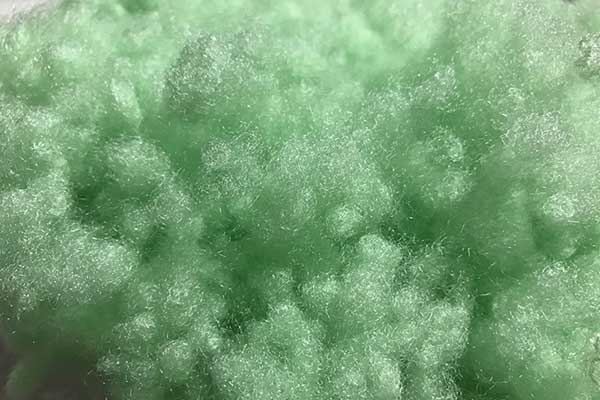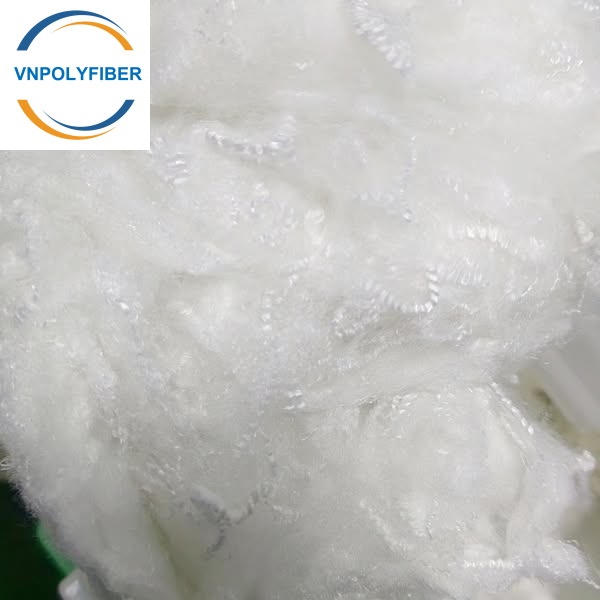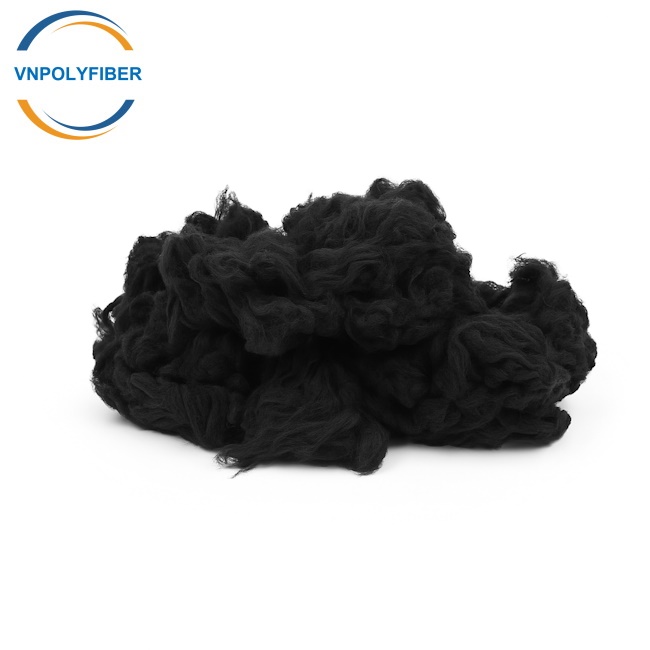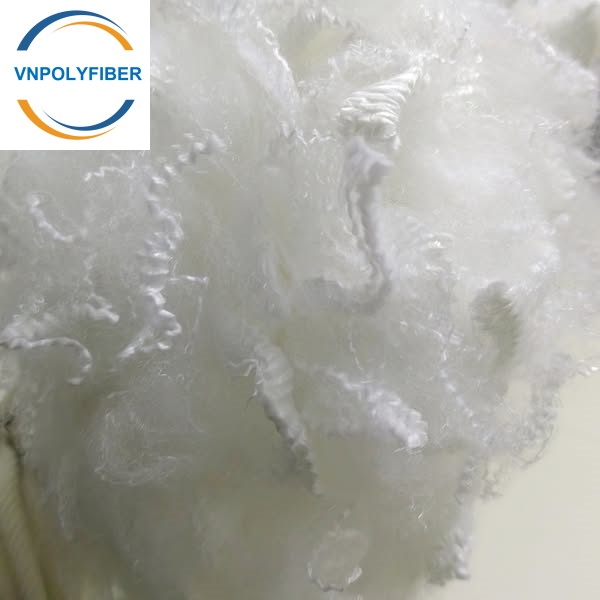Microfiber – Made in China
- Our microfiber fill offers excellent thermal insulation and a superior down alternative.
- Made of premium polyester microfibers, this feather-like fiberfill is suitable for use in outerwear, pillows, bedding, etc.
PRODUCT DETAIL
What is microfiber?
Microfiber is a polyester staple fiber finer than 1.5 denier within silicon finish. It can be solid or hollow. The hand feeling is the softest among all kinds of PSF, and it looks like feather down, so we also call it down fiber too. It’s mainly used for filling in clothes, duvet, comforters, pillow, quilt etc.
Microfiber is an ultra-fine synthetic fiber, typically made from polyester, polyamide (nylon), or a combination of both. Its diameter is incredibly small, measuring about 1/100th the diameter of a human hair and 1/20th the diameter of a silk strand. This minute size gives microfiber its distinctive properties and versatility.
Characteristics and Properties
Microfiber boasts an impressive array of characteristics that make it highly desirable in textile applications:
- Strength: Despite its fineness, microfiber exhibits exceptional strength, making it suitable for a wide range of applications.
- Breathability: Microfiber fabrics allow air to circulate, enhancing comfort and preventing moisture buildup.
- Moisture-wicking: These fibers excel at drawing moisture away from the body, which is particularly beneficial in sportswear and activewear.
- Durability: Microfiber products tend to be long-lasting and retain their shape well, even after repeated washing and wear.
- Softness: The fine structure of microfiber results in a soft, luxurious feel that is often compared to silk or cotton.
- Low maintenance: Microfiber is easy to clean and care for, as it dries quickly and can be machine washed.
Applications in Textiles
Apparel and Accessories
Microfiber has found widespread use in the fashion industry due to its comfort and performance properties:
- Activewear: The moisture-wicking and breathable nature of microfiber makes it ideal for sportswear and athletic garments. Brands like Nike and Adidas often incorporate microfiber into their high-performance clothing lines.
- Everyday clothing: Microfiber is used in skirts, jackets, and other casual wear items, prized for its softness and durability. It’s also used in dresses, blouses, and trousers for its comfort and ease of care.
- Accessories: The fabric’s ability to mimic leather makes it popular for belts, wallets, and handbags. Microfiber leather alternatives are also used in shoes and upholstery.
Home Textiles
In home décor, microfiber’s durability and aesthetic appeal make it a popular choice:
- Upholstery: Microfiber velvet adds a luxurious touch to furniture while being easy to clean. It’s resistant to stains and can withstand heavy use.
- Bedding: Sheets and comforters made from microfiber offer softness and easy maintenance. They are quick-drying and can be washed frequently without losing their shape.
- Window treatments: Curtains and drapes benefit from microfiber’s ability to block light and insulate. They are also lightweight and easy to hang.
Cleaning Products
One of the most significant applications of microfiber is in cleaning products:
- Cleaning cloths: Microfiber’s unique structure allows it to trap dust, dirt, and even bacteria effectively. It’s used in cleaning cloths for dusting, wiping down surfaces, and cleaning delicate electronics.
- Mops and dusters: These tools leverage microfiber’s electrostatic properties to attract and hold particles, making them efficient for cleaning floors and surfaces.
Manufacturing Process
The production of microfiber involves extruding molten polymer through tiny nozzles to create extremely fine filaments. These filaments are then typically split or fibrillated to create even finer fibers with a larger surface area. The resulting threads can be woven or knitted into fabrics with various properties depending on the intended use.
- Extrusion: The first step involves melting the polymer and forcing it through a spinneret, which contains tiny holes. This process creates long, thin fibers.
- Fibrillation: The fibers are then split into even finer strands, increasing their surface area and enhancing their ability to pick up dirt and dust.
- Texturizing: Some microfibers undergo texturizing to improve their texture and appearance. This can involve crimping or twisting the fibers.
- Weaving or Knitting: Finally, the microfibers are woven or knitted into fabric. The method used depends on the desired texture and application.
Environmental Considerations
While microfiber offers many benefits, it’s essential to consider its environmental impact:
- Synthetic origin: Being derived from petroleum products, microfiber production contributes to fossil fuel consumption.
- Microplastic pollution: When washed, microfiber fabrics can release tiny plastic particles into waterways. These microplastics have been found in oceans and water bodies worldwide, contributing to pollution and harming marine life.
However, efforts are being made to address these concerns:
- Recycled materials: Some manufacturers are producing microfibers from recycled plastics, reducing virgin material use and promoting sustainability.
- Improved filtration: Innovations in washing machine filters aim to capture microfibers before they enter water systems. These filters can significantly reduce microplastic emissions.
- Biodegradable alternatives: Researchers are exploring biodegradable microfibers made from plant-based materials. These alternatives could mitigate the environmental impact of traditional microfibers.
Future of Microfiber in Textiles
The textile industry continues to innovate with microfiber:
- Smart textiles: Researchers are exploring ways to incorporate microfiber into smart fabrics that can change shape or respond to temperature. These fabrics have potential applications in medical textiles, sportswear, and protective clothing.
- Sustainable alternatives: Companies are developing more eco-friendly microfibers, such as those made from plant-based materials like cornstarch or sugarcane. These alternatives aim to reduce the reliance on fossil fuels and minimize environmental impact.
- Enhanced performance: Ongoing research aims to improve microfiber’s properties further, potentially expanding its applications in technical textiles. This includes enhancing moisture-wicking capabilities, improving durability, and developing new textures.
Conclusion
Microfiber has revolutionized the textile industry with its unique combination of properties. From high-performance sportswear to efficient cleaning products, this versatile material continues to find new applications. As the industry addresses environmental concerns and pushes the boundaries of innovation, microfiber is likely to remain a crucial component in the fabric of our lives for years to come.
In conclusion, microfiber’s impact on the textile industry is multifaceted, offering both practical benefits and environmental challenges. As technology advances and consumer awareness grows, the future of microfiber will likely involve a balance between performance, sustainability, and environmental responsibility.
Technical Parameter
Denier: 0.8D-1.5D
Type: Solid, Hollow
Grade: Recycle, seimi virgin, Virgin
Color: white, optical white, super white
Cut Length: 8mm-51mm
Finish: silicon, slick
Application: Filling, Wadding
FAQ
1. What do you offer?
We produce recycled hollow conjugated siliconized and non-siliconized polyester staple fiber mainly, we can make hollow fiber (HS/ HD) and virgin polyester staple fiber HCS as well.
2. What is it used for?
Our fiber is widely used in filling, non-woven fabric
3. Are you a factory or a trading company?
We are a factory specialized in polyester staple fiber for many years but now we also have our own professional trading company. We will source many types of textile products such as yarn, PP fibers from others to supply our own customers as well. We also provide our own customers with other related products such as: Foam, Pillows, Cushions, Toys, Down/ Feather,…
4. Where is your factory location?
Our factory locates in the north and the south of Vietnam. You can visit us from Ho Chi Minh City and Hanoi City, Vietnam. You could contact our salesman to fetch you if visiting.
5. Can you accept free sample?
Yes, the hand sample is free when not exceed 1 kilograms. Upon price confirmation, we will provide a sample within 2-3 days; the freight cost will be charged to client.
6. Can you provide ODM service?
Yes, we work on ODM orders. Which means size, material, quantity, design, packing solution, etc, will depend on your requests, and your logo will be customized on our products.
7. How about your quality? What’s the minimum order Quantity (MOQ)?
Please try a trial order, you will know it. The MOQ is 23,000 Kilograms/order, but the price will be lower if you order bulk volume.
8. Can I mix different items in one order?
Sure, you can mix any products we can provide.
9. How can you guarantee the product quality?
We have experienced QC team. We control not only productive process but also raw material. In addition, we have different kinds of testing instrument to help us guarantee the product quality.
10. What’s the payment terms?
L/C at sight, 30% TT in advance are mostly accepted; other terms shall be negotiable by both sides
For more information, please feel free to contact :
Mr. Tony Tan
Mobile number: +84 90 466 5251 (Whatsapp/Wechat/Viber/Signal)
